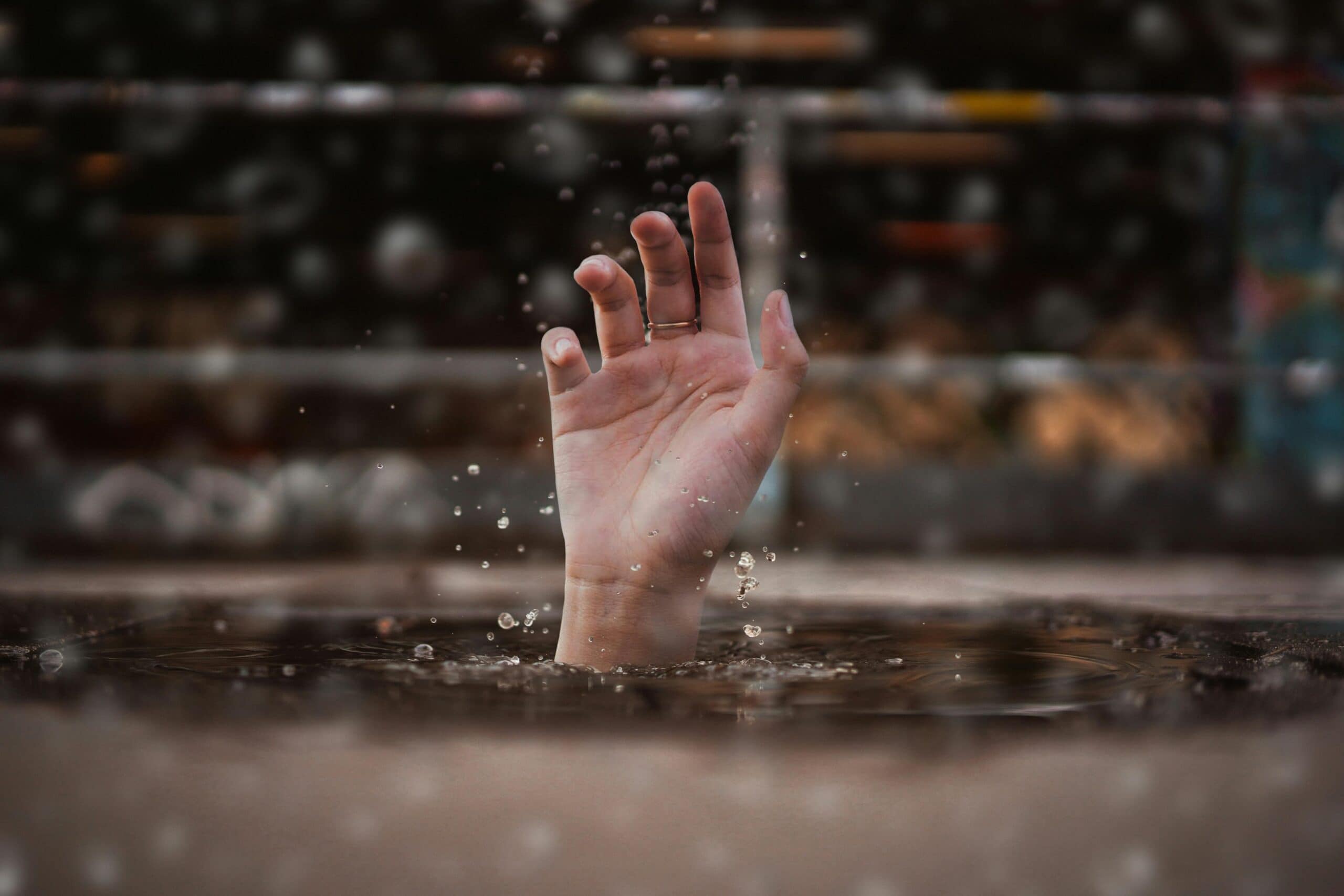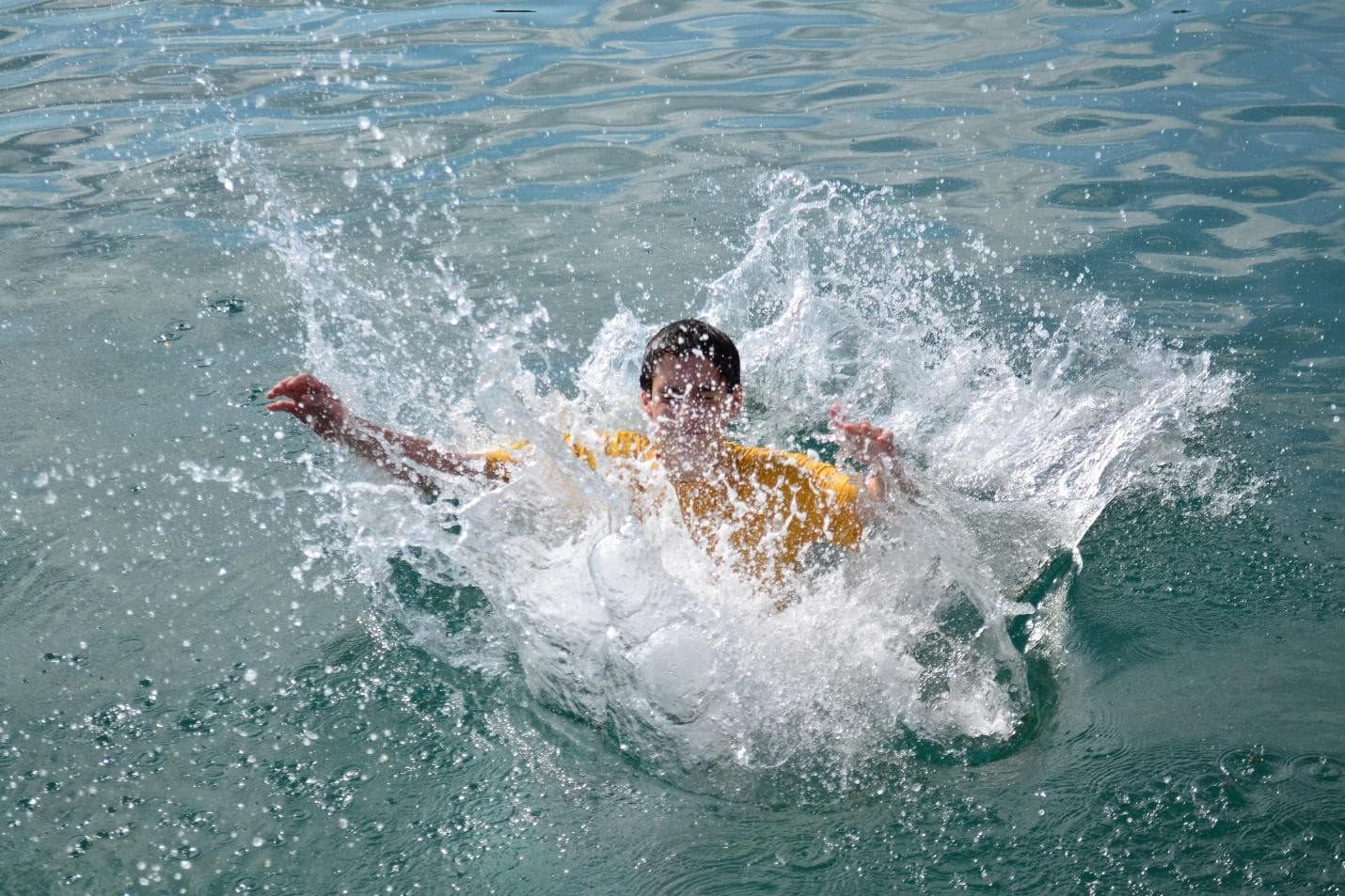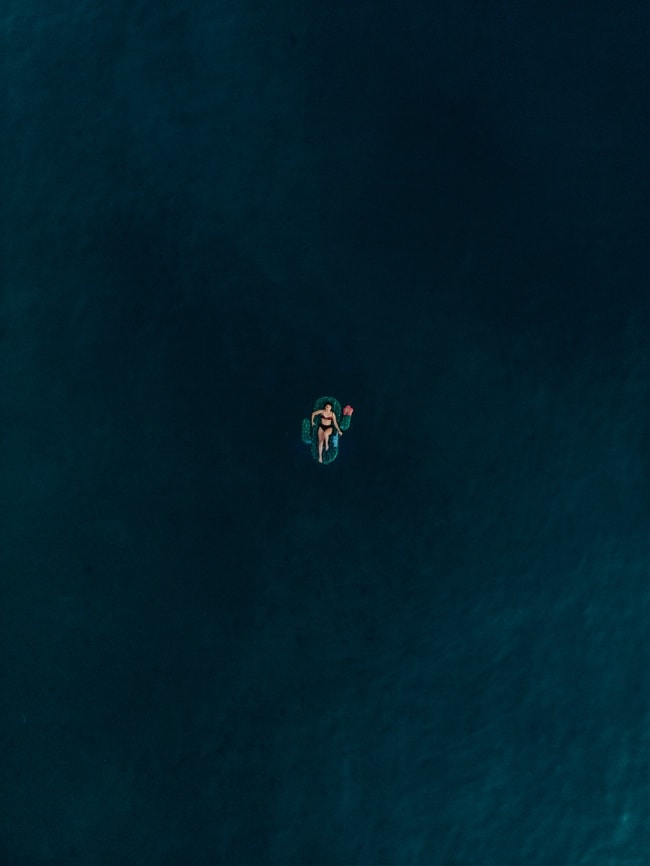
Drowning accidents are tragic and often preventable events that leave families devastated. If you or a loved one has experienced a drowning incident, you may be considering legal action to seek compensation. Fortunately, winning a drowning accident case is possible with compelling evidence that proves negligence, liability, and the resulting damages.
This might seem straightforward, but understanding these causes helps attorneys determine why drowning accidents occur and how negligence may be established. However, several other complexities can make the case more challenging. For instance, these drowning cases often lead to wrongful death claims or near-drowning accident case that add more to the complications.
In this guide, we’ll explore the 10 essential proofs needed to win a drowning accident case, while also shedding light on the critical aspects of these cases.
Understanding Drowning Accidents
Drowning accidents can happen in seconds, often without warning. These incidents can occur in various settings, such as swimming pools, lakes, or even bathtubs. Understanding the underlying causes of drowning accidents is crucial in building a strong case.
Moreover, knowing why drowning accidents happen can help legal professionals prove negligence and hold the responsible parties accountable.
What Causes Drowning Accidents?
If you or someone around you has been a drowning victim, you need to know what causes such events and if they are admissible in court. So, what are they? Well, drowning accidents happen for a variety of reasons. Here are some common causes:
Drowning incidents often stem from a combination of factors, and recognizing these can play a vital role in a drowning accident case.

1. Lack Of Swimming Skills
One significant cause is a lack of swimming skills. Unfortunately, many drowning accident victims, especially children and adults who never learned to swim, face an increased risk when entering unfamiliar or unmonitored swimming environments.
2. Alcohol Consumption
Another prevalent factor is alcohol consumption. Alcohol impairs judgment, coordination, and reaction time, making it a significant contributor to many drowning deaths. Whether at a poolside party or a day at the lake, alcohol can quickly turn a fun outing into a tragedy.
3. Drug Use
Similarly, drug use, including prescription medications, can cause drowsiness or disorientation, increasing the likelihood of an accidental drowning. Medications that impair cognitive or physical function should be carefully considered before swimming.

4. Unsupervised children
Unsupervised children are another high-risk group. Even a momentary lapse in supervision can lead to a fatal drowning accident. Pool owners who fail to implement childproof barriers or alarms may be held liable in such cases.
5. Absence of Safety Measures
Lastly, the absence of safety measures can create a dangerous swimming environment. Missing barriers, malfunctioning alarms, or a lack of visible warning signs in a swimming pool area significantly heighten the risk of drowning accidents.
Understanding these causes helps attorneys demonstrate how drowning accidents occur and prove negligence.

Who Is Likely to Drown?
Drowning incidents can primarily count under premises liability if it’s outside one’s own property. However, premises liability isn’t always the case. The victim can vary based on the situation since drowning can affect anyone, but certain groups are more vulnerable than others. Here’s a quick look at some of the groups that are at the highest risks of drowning.
1. Children
Children are particularly at risk. Drowning is a leading cause of unintentional injuries and death among children, especially those under five years old. Their natural curiosity and lack of swimming skills make pools and other water sources especially hazardous.
According to Children’s Safety Network, every year in the US, 3,572 people die from drowning. Nine hundred and forty-five of them are children, which stands to show how serious such cases really are.
2. Older Adults
Older adults also face an elevated risk. Seniors often experience mobility issues or underlying health conditions that increase the likelihood of drowning deaths, particularly in bathtubs or swimming pools.
3. Non-Swimmers
Non-swimmers are inherently more susceptible to drowning accidents. Those who never learned to swim or lack water survival skills face greater danger in both natural and man-made bodies of water.
4. Individuals with Physical Disabilities
Individuals with physical disabilities may struggle to navigate water safely or may become disoriented in unfamiliar swimming environments, increasing their drowning risk.
Fortunately, recognizing these high-risk groups can help legal professionals tailor their approach when building a personal injury claim for drowning accident victims.
If you feel like you are not one of the high-risk groups but still need help, an accident lawyer for drownings can help you understand your situation.
a) Establishing Negligence in Drowning Cases
To win a drowning accident case, you must prove negligence on the part of the responsible party. Negligence claims require demonstrating four key elements: duty of care, breach of duty, causation, and damages.
Therefore, victims should know the top 15 questions to ask before hiring a drowning attorney to establish negligence in drowning cases.
1. Duty of Care
In legal terms, the “duty of care” refers to a person’s responsibility to ensure the safety of others. In drowning accident cases, this duty applies to various parties:
Property Owners must maintain safe conditions around pools and natural water bodies. Failing to install barriers or safety signs may establish their liability in a drowning accident.
Pool Owners have a legal obligation to install fences, alarms, and other safety features to prevent accidental drowning. Inadequate maintenance or safety precautions can lead to drowning incidents and subsequent legal claims.
Lifeguards must remain vigilant, provide adequate supervision, and respond quickly in emergencies. If lifeguards neglect their duties, their employer may face liability for the resulting injuries.
Proving that the defendant owed a duty of care is the first step toward building a successful negligence claim.
2. Breach of Duty of Care
Once the duty of care is established, the next step is to prove that the defendant breached this duty. A breach occurs when the responsible party fails to act with reasonable care to prevent drowning accidents.
For instance, a pool owner who neglects to install a fence or maintain pool alarms has likely breached their duty of care. Similarly, lifeguards distracted by phones or conversations are failing their supervisory responsibilities. Moreover, failing to post clear warning signs or neglecting routine pool maintenance can also constitute a breach.
3. Causation – Linking Negligence to the Accident
In a drowning accident case, you must show that the defendant’s actions—or lack thereof—directly caused the incident. The link between negligence and the accident must be clear and compelling.
For example, if a child drowns in a swimming pool that lacked a required safety barrier, the pool owner’s negligence is directly tied to the fatal drowning. Establishing this causal connection is essential for a successful negligence claim.
Similarly, knowing what to do after a drowning accident is also very crucial. Therefore, we’ll discuss all about it in the section ahead, ensuring you know what to do.
Gathering Evidence for a Drowning Accident Claim
Evidence is the cornerstone of any successful drowning accident lawsuit and if you want to win a drowning accident case. The stronger the evidence, the more likely you are to prove negligence and secure compensation.
4. Documenting the Scene
Immediately after a drowning incident, it’s crucial to document the accident site thoroughly. Photographs, videos, and written notes can provide valuable insights into the circumstances surrounding the accident.
Capture images of the pool, safety equipment, and surrounding areas. Pay particular attention to missing warning signs, faulty pool equipment, or hazardous conditions.
Moreover, obtaining maintenance records and official reports can reveal whether the property owner adhered to safety regulations.
5. Gathering Witness Statements
Eyewitness accounts add valuable context and detail to the case. Speak with anyone who saw the drowning occur or was present before and after the accident. Witness statements can corroborate claims about inadequate supervision or unsafe conditions.
6. Collecting Physical Evidence
Physical evidence, such as broken gates, malfunctioning pool alarms, or damaged flotation devices, can further substantiate the claim. Items like torn clothing may indicate the victim struggled due to unsafe pool components.
Proving Damages in a Drowning Accident Case
Beyond proving negligence, it’s essential to demonstrate the impact of the drowning accident.
7. Medical Records and Medical Bills
Medical records provide an objective account of the victim’s injuries and subsequent treatments. They help quantify damages like:
- Medical Expenses: Emergency care, surgeries, rehabilitation, and ongoing treatment.
- Injury Documentation: Evidence of head injuries, brain damage, or other trauma sustained during the drowning incident.
Moreover, these records serve as a basis for calculating future medical needs and their associated costs.
8. Economic and Non-Economic Damages
Drowning accident victims and their families often face significant financial and emotional losses.
- Lost Wages: Documentation of missed work, reduced earning potential, or permanent disability.
- Pain and Suffering: Psychological trauma, anxiety, depression, and the loss of companionship following a fatal drowning.
Unfortunately, these damages can last long after the drowning incident, affecting a family’s emotional and financial well-being. Therefore, it’s a must for victims to pick attorneys that know how to win a drowning accident case.
Legal Support and Testimony
9. Expert Testimony
Experts can explain complex aspects of the case. Medical professionals can detail the victim’s injuries, while safety experts assess whether the swimming environment met required standards. Fortunately, their insights can simplify technical aspects for the court.
10. Eyewitness Accounts in Court
Eyewitnesses offer firsthand insight into the drowning incident. Their testimonies help the court understand how the accident occurred and who may be held liable.
Seeking Compensation for Drowning Accidents
When pursuing compensation, understanding the types of damages available is essential. Victims and surviving family members may seek compensation for:
- Medical Expenses: Costs related to hospitalization, treatment, and rehabilitation.
- Lost Wages: Income lost due to injury or death.
- Funeral Expenses: In wrongful death lawsuits, costs associated with memorial services and burials.
Additionally, compensation may cover both economic and non-economic damages, including emotional distress and loss of companionship
The Role of an Experienced Attorney
A knowledgeable drowning accident attorney can help navigate the complexities of these cases. Personal injury attorneys understand how to present evidence effectively, negotiate with insurance companies, and advocate for fair compensation.
Choosing the Right Legal Representation
Look for a law firm with experience handling drowning accident cases. Fortunately, many offer a free consultation to discuss your case and understand your legal options. The right attorney will help prove negligence, gather crucial evidence, and fight for the compensation accident victims deserve.
Conclusion
Winning a drowning accident case requires presenting clear, compelling evidence that proves negligence, damages, and the financial impact on the victim’s family. From documenting the accident scene to securing expert testimony, these 10 essential proofs provide a solid foundation for pursuing justice and compensation.
Fight Your Drowning Lawsuit with BLG
If you or a loved one has suffered from a drowning incident, seeking legal representation is a critical step toward win a drowning accident case. It can also help with holding negligent parties accountable and securing the support you need to move forward.
We recommend connecting to our professionals at Bourassa Law Group to get all the help you need. They can guide you as an accident lawyer and get compensation for serious injuries.





